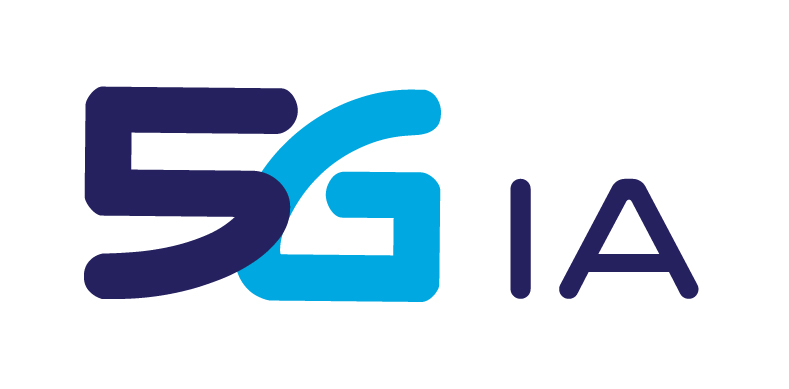

- About us
- Getting Involved
- Plans & Papers
- Events
- European 5G Activities
- Media & News
- Contact
EU project METIS-II to lead the next phase of 5G radio access network research
EU project METIS-II to lead the next phase of 5G radio access network research
European Union, July 15th 2015: The recently inaugurated European Union project METIS-II has ushered in the next phase of research on the 5th generation of mobile and wireless communications (5G). 5G is expected to significantly improve current, mainly human-type, wireless communications, and enable a wide range of machine-type communication applications, such as, eHealth, vehicular safety, industry automation and augmented reality. A truly global consortium is gathered and the project will be built upon the success of the first METIS project. The project will enable rapid progress in 5G standardisation by serving as a pre-standards research forum, where consensus on key issues to do with radio aspects of next-generation networks can be reached.
METIS-II brings together a very strong and international consortium with partners from EU, US, China, Japan, and Korea, comprising most of the major international vendors, several major operators and key research organizations. This will give the project the unique capability to drive consensus-building globally, to consolidate a full picture of the needs of mobile as well as vertical industries, and to disseminate the results towards the relevant bodies, forums, and standardisation groups in all regions.
The METIS-II project will develop the overall 5G radio access network design, facilitating the upcoming standardisation of 5G. The project will foster cooperation, coordination and alignment between the 5G-PPP projects within the European H2020 research programme, by organizing joint workshops and initiating discussions and consensus building on central aspects such as scenarios and requirements, spectrum, performance evaluation and radio access network design.
The METIS-II project will develop the means to integrate novel and evolved legacy technologies into an efficient, scalable and versatile overall 5G radio access network design. In particular, the METIS-II project will also provide estimates of the future spectrum usage and recommend a 5G spectrum roadmap, a description of how different air interface variants are expected to be introduced in 5G and how they will integrate with each other and with legacy technologies into one overall system considering agile and service-oriented resource management, and a comprehensive user and control plane design to the level of detail best suitable to facilitate a timely and rapid 5G standardization.
The METIS-II project is a project with 23 partners co-funded in the European H2020 research programme with a budget of 8 M€. Ericsson is the project coordinator and Nokia Networks the technical coordinator. Further partners are Alcatel Lucent, Deutsche Telekom, Huawei, iDate, Intel, ITRI, Janmedia Interactive, KTH, NTT DOCOMO, NYU, Orange, Samsung, Telecom Italia, Telefónica, University of Kaiserslautern, Universitat Politècnica de València and WINLAB.
Background on the EU’s Horizon 2020 5G PPP initiative
Horizon 2020 is the largest EU research and innovation programme ever, with nearly €80 billion in public funding available over seven years (2014-2020) in addition to the private investment it will attract. The 5G Public-Private Partnership (5G PPP) is an instrument launched as part of Horizon 2020, with a budget of €700 million in public funding expected to leverage five times this amount (€3.5 billion) in private investment.
Contact
For any questions regarding METIS, please contact the project co-ordinator:
Dr. Olav Queseth, Ericsson
E-mail: contact@metis2020.com
Web: https://metis-ii.5g-ppp.eu
twitter.com/metis2020







Share On